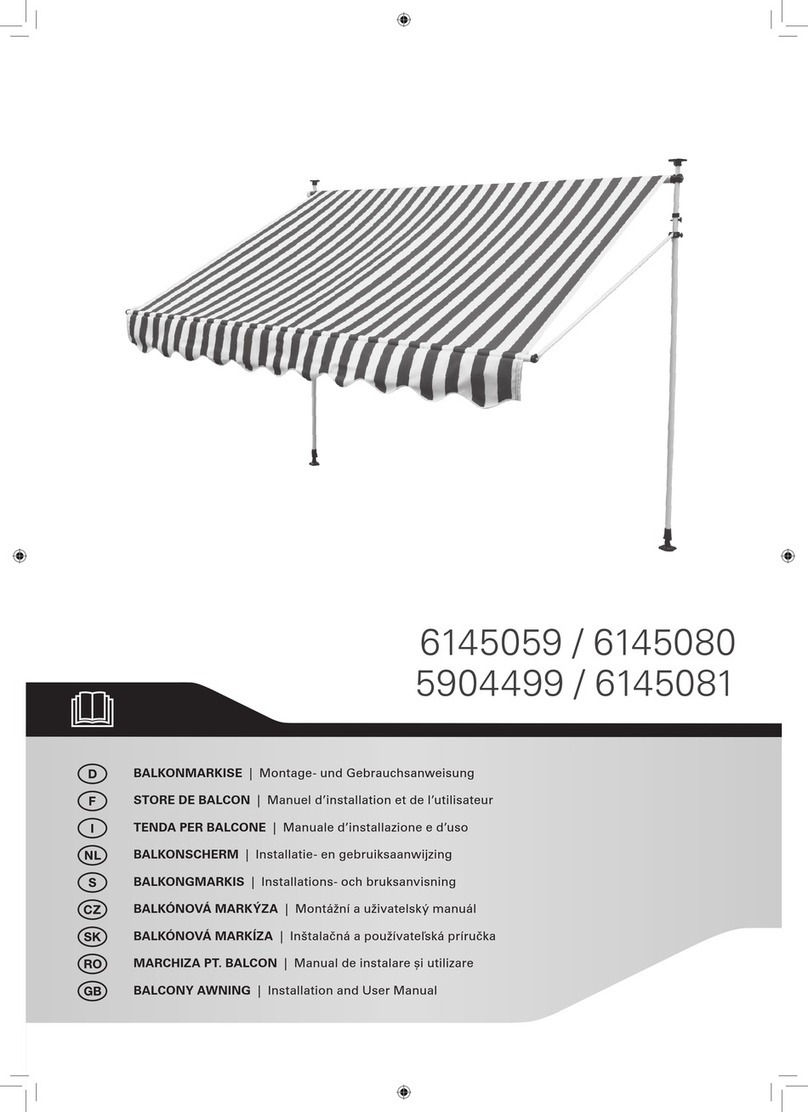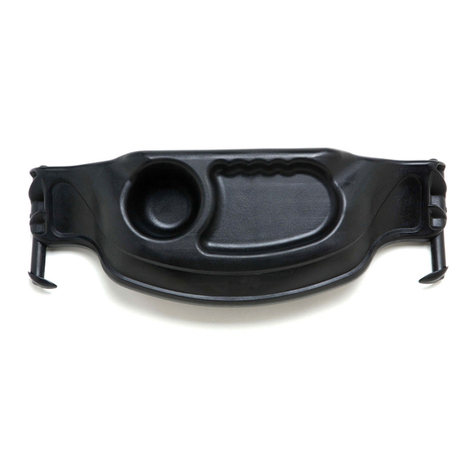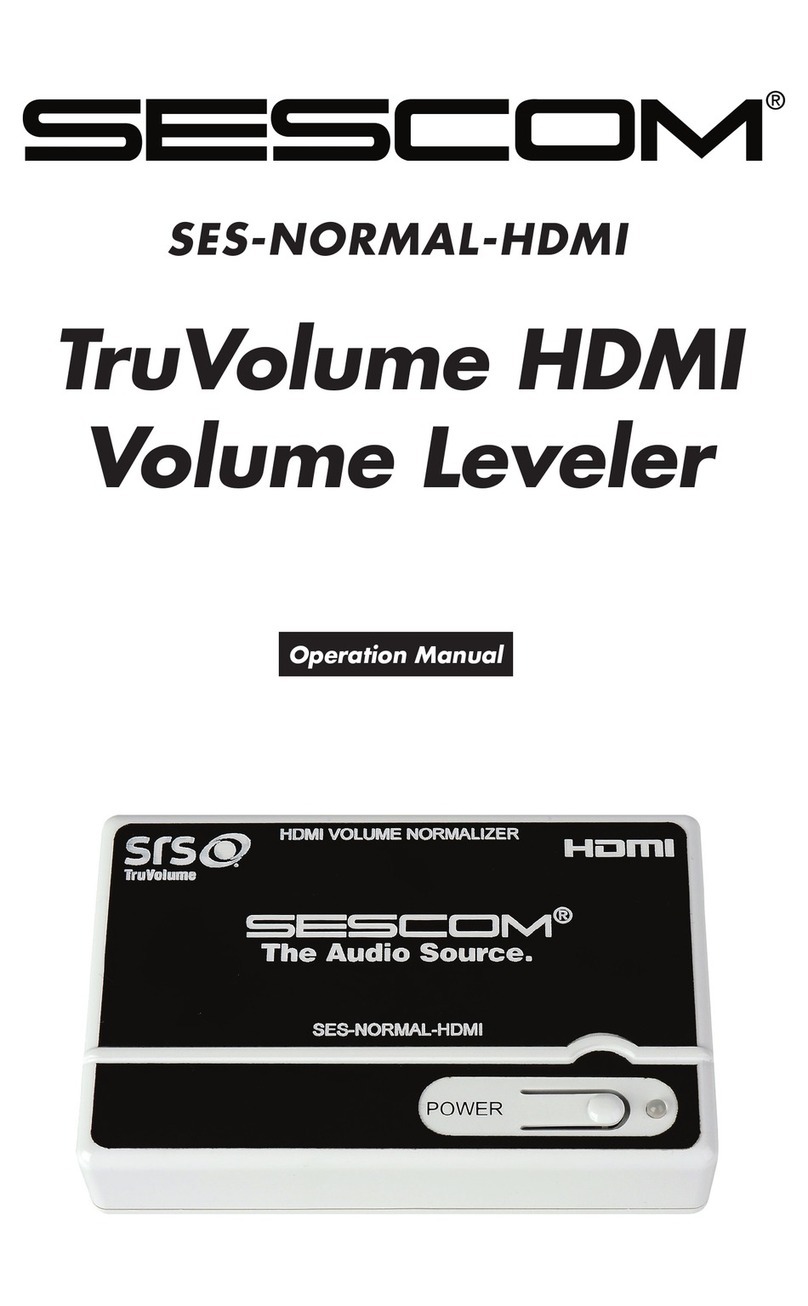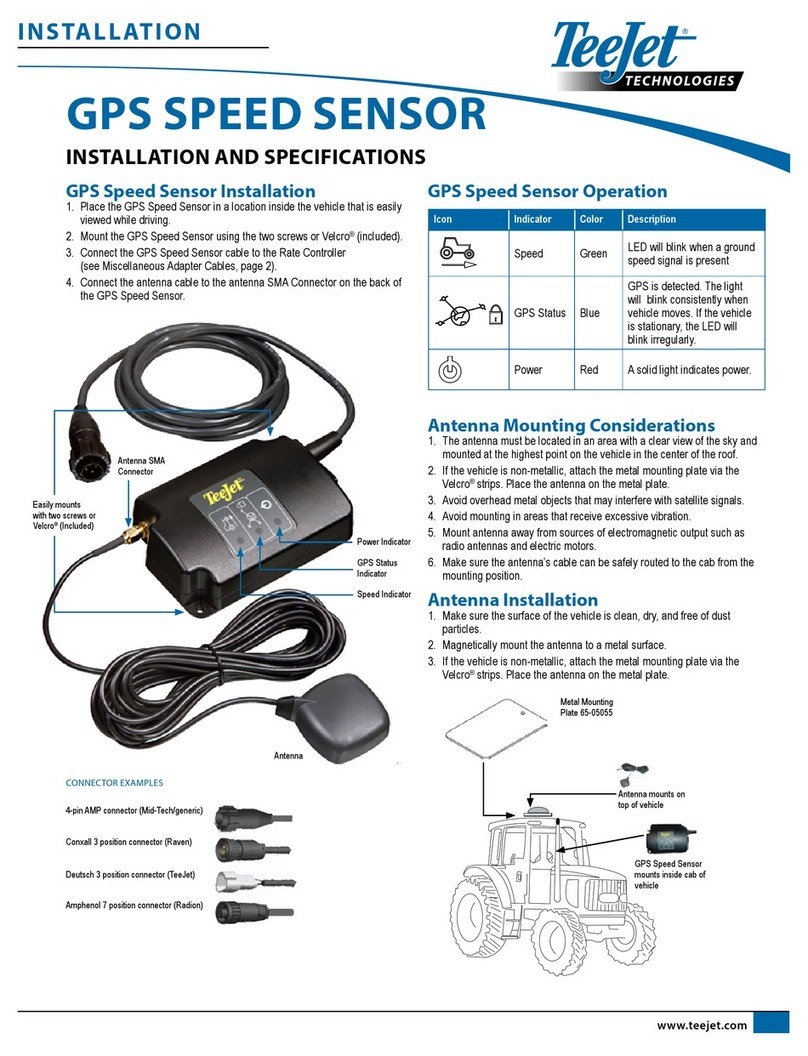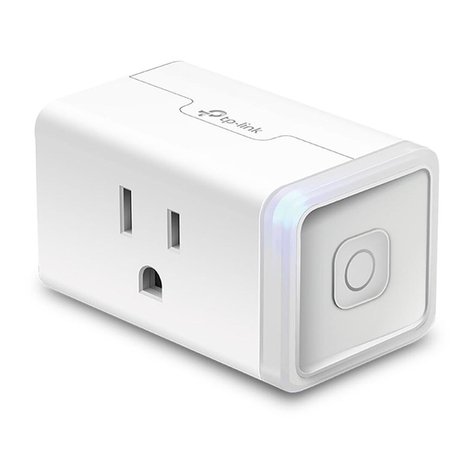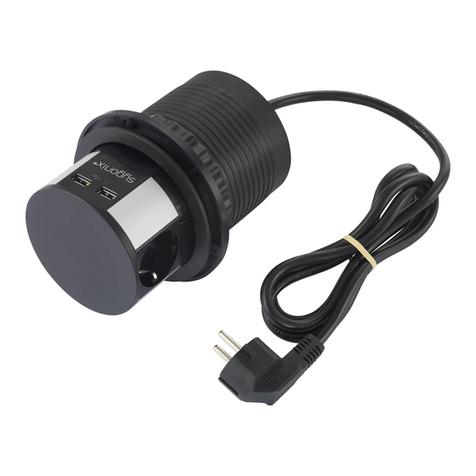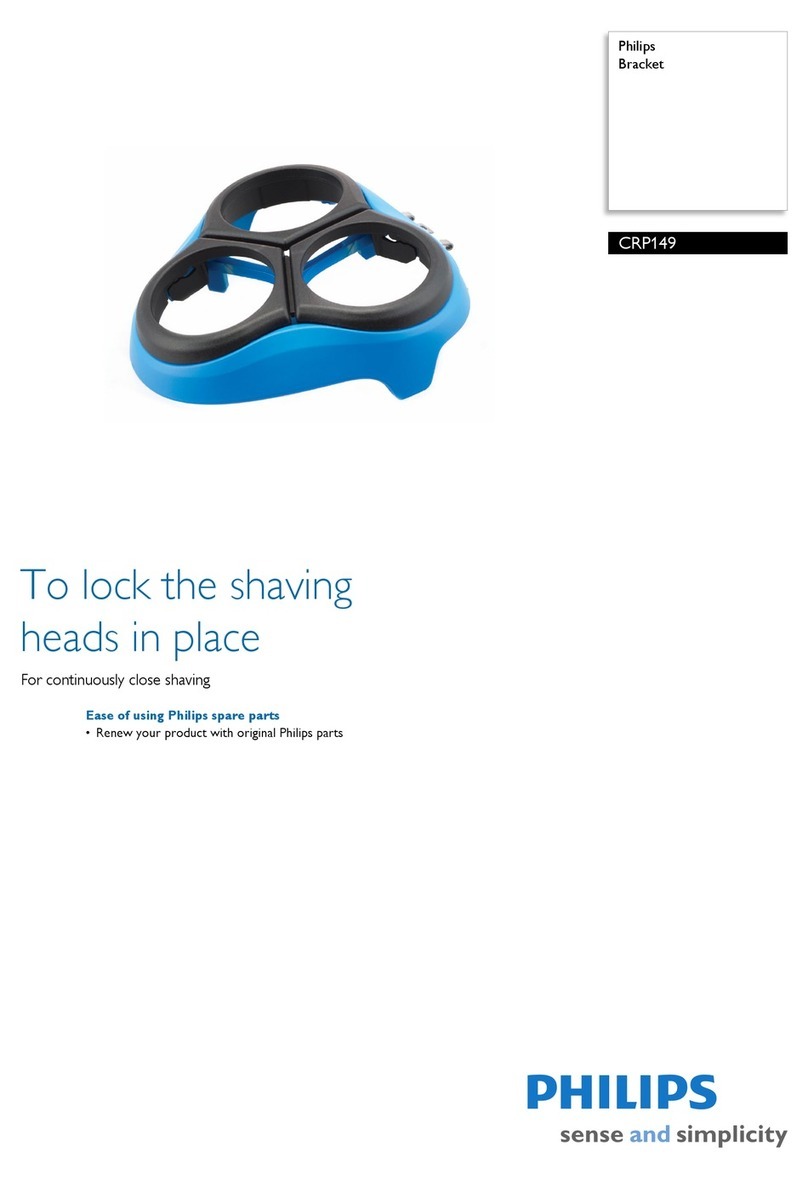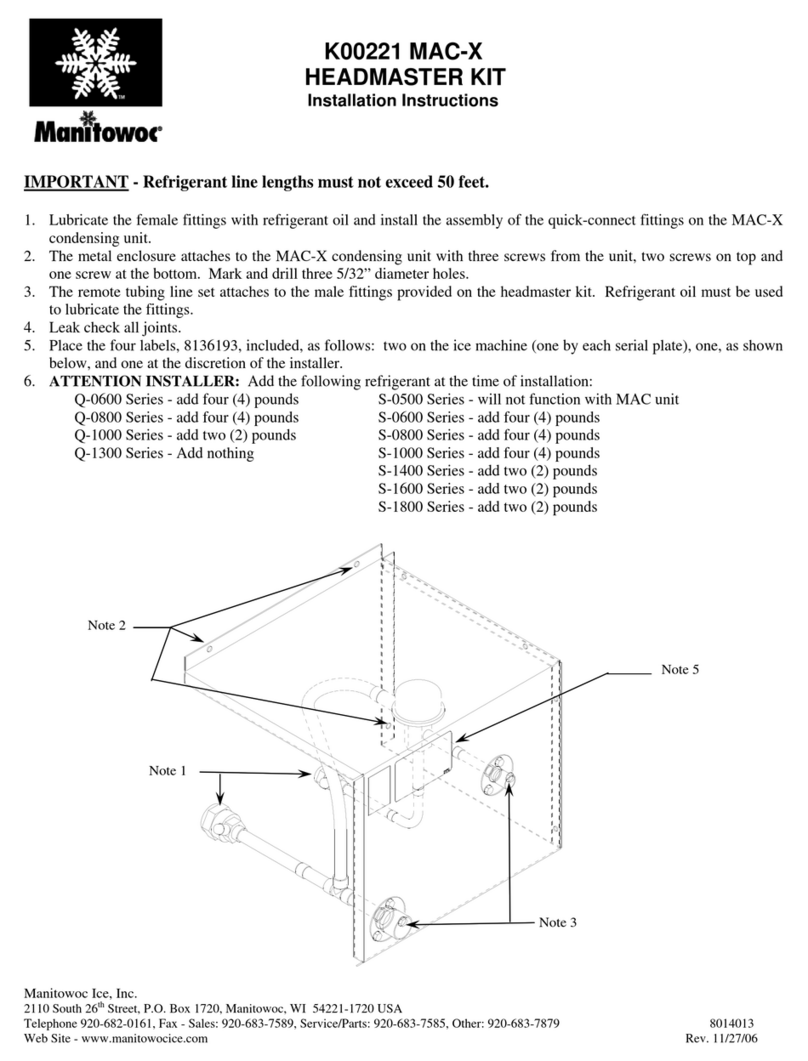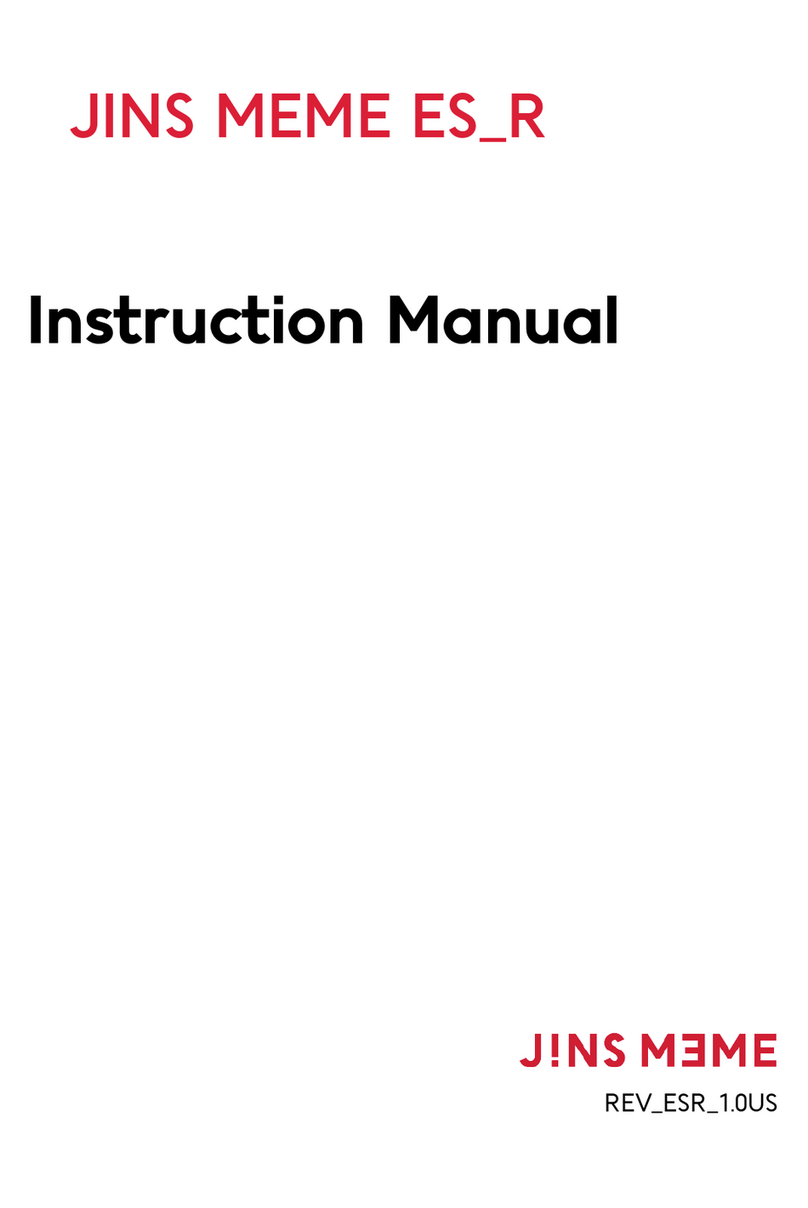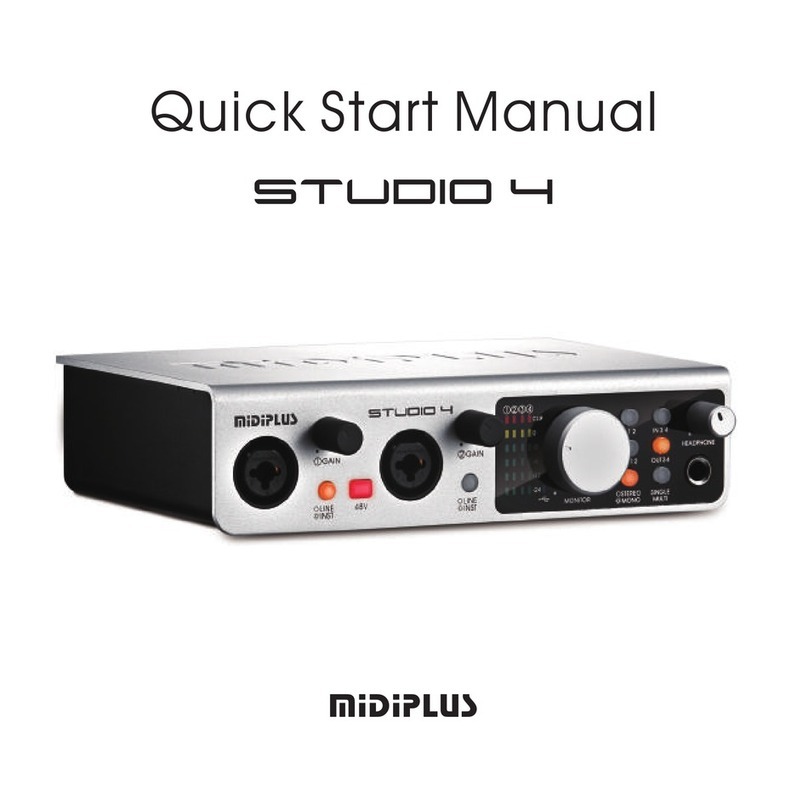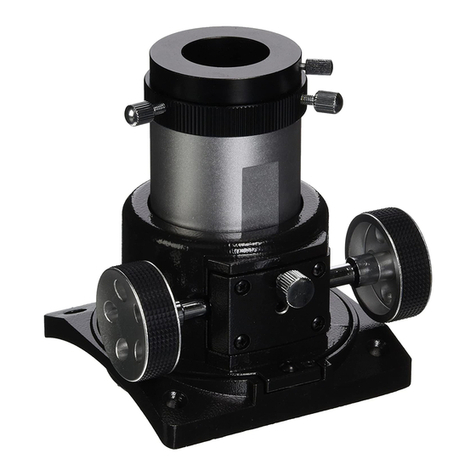Incubator Warehouse IncuView User manual

Step 1 - Turner Linkage
Slide the end of the arm that has a small hole for the retaining pin onto the motor sha and se-
cure with the retaining pin.
Step 2 - Dome Installaon
Align turner arm with slot in the turning tray (See Picture)
Step 3 - Remove Protecve Film
Remove the protecve plasc lm from the clear dome
Assembly
Setup & Assembly
IncuView™
All-In-One Egg Incubator
by
Selecng a good locaon for the incubator is a crical factor to having a successful hatch. The ideal locaon for the incubator
meets the following criteria:
Between 70—80⁰F (21-26.5⁰C). For average room temperatures above and below see the “Technical, Troubleshoong &
FAQ” secon)
Out of direct sunlight
Without dras (Away from heang and air condioning vents).
Locaon
Maintaining the correct temperature is the most crical factor in having a successful hatch. The incubator control module uses
proporonal heat control to maintain the set temperature of your egg incubator (preset to 99.5⁰F/37.5⁰C). To change the set
temperature see the “Technical, Troubleshoong & FAQ” secon
NOTE: It is normal for the temperature in the incubator to uctuate a small amount above and below the set temperature. The
temperature of the eggs changes much slower than the air temperature so the eggs will be the average temperature of the air.
For a more detailed list of incubaon mes see hp://incubatorwarehouse.com/incubang-eggs/how-long-to-hatch-an-egg
Temperature
Species Days Temperature Species Days Temperature
Poultry (Chicken) 21 99.5⁰F/37.5⁰CGeese 28-30 99.5⁰F/37.5⁰C
Quail 16-25 99.5⁰F/37.5⁰CTurkey 28 99.5⁰F/37.5⁰C
Duck 28 99.5⁰F/37.5⁰CPheasant 22-29 99.5⁰F/37.5⁰C
The second most important factor of having a successful hatch is keeping the correct humidity during incubaon. Humidity is the
amount of moisture in the air. The IncuView™ has two tools to help you manage humidity:
1. Built in hygrometer (measures relave humidity)
● Incubation Period— Keep humidity in this range during incubaon period.
● Hatching Period— Keep humidity in this range during the hatching period (three days before
the hatch date)
2. Humidity Channels
Based on the reading of the built-in hygrometer you will need to add water to the incubator. Start by add-
ing room temperature water to the outer water reservoir rst and then allow the incubator to stabilize for one hour. If more hu-
midity is required then add more water to the rst reservoir and the connecng overow channels will allow the second reservoir
to be lled. Again, allow the incubator to stabilize for one hour before adding more water.
Humidity
Aer you have done the following:
1. Placed the incubator in a good locaon
2. If your average room temperature is not between 70—80⁰F (21-26.5⁰C), change thermostat sengs (See technical secon)
3. Added water
Allow the incubator to run and completely stabilize for 12-24 hours before adding eggs. Stabilizing your incubator will make sure
that the incubator is operang correctly before adding any eggs.
Stabilize
When seng the eggs inside the turning tray it is important to align the eggs parallel to the channels to ensure proper turning.
Note: Eggs may roll end over end or “walk” in the turning tray. This is acceptable and imitates how eggs are turned in nature. If
the eggs become bunched simply spread them back out.
Seng Eggs
Incubaon Period
Turning the eggs is also an important factor in a successful hatch. Turning prevents the yolk from scking to the shell and exercis-
es the embryo. The control module on the IncuView™ is preset to turn the eggs six mes per day which is sucient for most spe-
cies. If you require a dierent number of turns per day see the table in the “Technical, Troubleshoong & FAQ” secon.
Turning eggs by hand: If you prefer to turn the eggs by hand, turn o turner motor in the sengs menu. With a pencil mark
one side of the egg with an “O” and the other with an “X”, place eggs on their side on the mesh oor with the “X” side up, turn
eggs three mes a day. One turn equals turning the “X” side up to the “O” side up or turning the “O” side up to the “X” side up.
Tip: When handling the eggs make sure to wash your hands. Handle the eggs on the ends to avoid clogging the pores.
Egg Turning
During the incubaon period it is important to maintain the correct level of humidity inside the incubator to keep the eggs from
drying out. The “Incubaon Period” zone on the built in hygrometer is the recommended humidity level for most species of birds.
If the humidity level drops below the “incubaon period” zone simply add water just as you did when seng up the incubator to
maintain the appropriate humidity level. If aer adding water, the humidity level goes above the “Incubaon Period” zone don’t
try and remove water, just let the water evaporate and be more careful when adding water next me.
Humidity
CORRECT INCORRECT

Egg candling is the excing process of using a bright light to see the embryo developing, view veins, see the heart pumping, and as
the bird develops see movement inside the shell. Egg candling is fun, educaonal, and can help you remove bad eggs before they
start to smell or explode. We recommend using the IncuBright Egg Candler.
Bad Eggs: Aer 7-10 days of incubaon it is possible to determine ferlity and progression of the embryo. There are generally two
ways to determine if an egg is not ferle or has died within the early stages of development:
The contents of the egg are completely clear which means the eggs were never ferle.
There is a solid red ring around the center of the egg. This means the embryo died within the rst few days of incubaon.
Once bad eggs have been idened it is recommended that they be removed from the incubator. This is because they can grow
bacteria which can aect the good eggs and they can also produce a foul odor.
Egg Candling
The hatching period is the last three days of the total incubaon me. During the hatching period the eggs should not be turned.
We recommend leaving the eggs in the turning tray and turning o the automac turner. To turn o the turner, see the “Technical,
Troubleshoong & FAQ” secon
Turning
Hatching Period
Increasing the humidity helps to provide addional lubricaon which keeps the birds from scking to the shell while they are
hatching. During the hatching period it is important to increase the humidity so that the built-in hygrometer is reading in the
“Hatching Period” zone. To do this simply add water just as you did when seng up the incubator. Once the appropriate humidity
level is reached only open the incubator if necessary. NOTE: If you cannot get the humidity high enough you can add wet sponges
unl the humidity is in the “Hatching Period” zone.
Humidity
Chicks pecking through the shell (Pipping) signals the beginning of the hatch. The hatch is an excing me and it is important to
resist the temptaon to help or worry. The best strategy is to be paent and let the birds do it on their own. It is important to
keep the lid closed to keep the inside of the incubator warm and humid. Normally the hatch period will be last for several hours,
but can somemes last up to 2 days. For quesons about specic problems during the hatch refer to the “Technical, Trouble-
shoong & FAQ” secon.
Hatching
Aer Hatch
We recommend that the birds not be removed from the incubator unl they are dry. Frequent opening of the incubator can cause
the humidity and temperature to decrease which can cause un-hatched chicks to get stuck in their shell. To avoid this only open
the incubator to remove chicks every 4-8 hours.
Moving
Aer the birds have hatched and dried they will need to have a warm and safe place to live for several weeks (usually unl they are
fully feathered). The brooder should have a warm area of approximately 90-95⁰F (32-35⁰C) and a cool area for exercise and cool-
ing down. Food and water should be kept parally in the heated area. The temperature should be lowered 5 degrees each week
unl the temperature is down to room temperature or the birds are fully feathered (whichever comes rst).
Brooding
Aer the hatch is complete remove any un-hatched eggs and pieces of shell. Then wash the base, turning tray, and mesh oor with
water, mild soap, and a cloth. Make sure to completely dry before storage. It is important to store the IncuView™ out of direct
sunlight to avoid sun damage of the plasc. It also may be necessary to clean the inside of the dome with a so damp cloth.
Cleaning
Technical, Troubleshoong, & FAQ
Changing the Incubator Control Module Sengs
To change any of the sengs press and hold the ENTER buon for three seconds. This will put the unit into “Change Sengs” mode. Press
the down/up buon to move through the menu unl you nd the seng you want to change. Press ENTER again and you’ll see an asterisk
(*) appear in front of the text. Press the UP or DOWN buon to change the seng. Press ENTER again and it will save the seng. Once all
changes have been made press the down buon unl the screen reads “please wait”, once you are back to the main temperature screen
the menu changes have been updated.
Egg Turner Rotaons Sengs Proporonal Thermostat Sengs based on Average Room Temp
NOTE: Aer making any changes to the turner sengs you must unplug the power for 10 seconds and then plug it back in
Degrees — Select Fahrenheit or Celsius and all temperature readings and sengs will show in Fahrenheit or Celsius
Temp Cal— Temperature Calibraon, If your current temperature reading is 98.5⁰F and you enter a Temp Cal of 0.5⁰ then the temperature
reading will calibrate up to 99.0⁰F; however, if you enter a Temp Cal of –1.2⁰ then the temperature reading will calibrate to 97.3 F.
HatchTmr— Select 00-00:00 and then once you exit the menu the mer will start counng in this format DD-HH:MM. If power to the incu-
bator is lost the mer will restart.
Reset— To reset to the incubator control module do the following: 1) Unplug the incubator, 2) Press and hold the ENTER and DOWN
buons, 3) While holding these buons plug the incubator in, 4) as soon as you see “Loading Defaults” on the screen release both buons
IncuView™ Trouble Shoong Guide
This Product is backed by the Incubator Warehouse 1 Year Hassle Free Guarantee
www.IncubatorWarehouse.com □ service@incubatorwarehouse.com □ 208-561-2EGG(2344).
Rotaons in a
24hr period Turner Trn On T TrnFullC
O 0% N/A N/A
2100% 3 sec 180 min
4100% 3 sec 90 min
6 (Default) 100% 3 sec 60 min
8100% 3 sec 45 min
Average Room Temperature Ctrl Ofs Ctrl Rng OSPslope
65—70⁰F (18—21⁰C) 99⁰F (37.2⁰C) 5.0⁰F (2.8⁰C) 0.75
70—80⁰F (21—26.5⁰C) Default 98.5⁰F (37⁰C) 5.0⁰F (2.8⁰C) 0.75
80—85⁰F (26.5—29.5⁰C) 96.5 F (35.8⁰C) 5.0⁰F (2.8⁰C) 0.75
On/O 99.5⁰F (37.5⁰C) 5.0⁰F (2.8⁰C) Cut Out
Issue Causes Soluons
Incubator Temperature is too high or
too low,
Incubator can’t get warm enough
Bad locaon
Thermostat sengs are incorrect for average
room temperature
See the locaon secon for proper locaon instrucons
See Average Room Temp table above
Egg turner not funconing properly Misalignment of turner arm and the slot in
the turning tray
Incorrect turner sengs
Wiring has come lose
See the setup secon for alignment instrucons
See “turner” in the sengs secon for correct turner adjustments
Inspect wiring and reaach if possible
Incorrect humidity
I can’t get the humidity high enough
Dome and base not seated properly
Too much or too lile air circulaon
Malfunconing hygrometer
Make sure dome is properly seated on base
Make sure vent plug is properly installed
If the incubator is in humid area try removing the vent plug
Test humidity with a separate hygrometer
Clear eggs without blood rings or lots of
semi-clear eggs with blood rings
Inferle eggs
Eggs where too old to be set
Eggs were too dirty or mishandled
Embryo died in rst few days of incubaon
Increase the number of males to increase egg ferlity
Eggs should be no older than 14 days
Avoid temperature extremes and rough/over handling the eggs
Always wash hands prior to touching eggs
Many Dead Immature Chicks Improper temperature
Improper turning of eggs
Lack of oxygen
Check thermostat sengs
Check turner sengs and connecons
Remove vent plug during “Incubaon Period”
Many Pips but birds get stuck in shell Not enough humidity during the “Hatching
Period”
Fill all reservoirs during the “Hatching Period”
Place a wet sponge inside the incubator during the “Hatching Period”
Chicks pipping one day early or late Average temperature too warm or too cool
by ½ to 1-1/2 degrees Fahrenheit
Check thermostat sengs
Calibrate thermostat if needed
